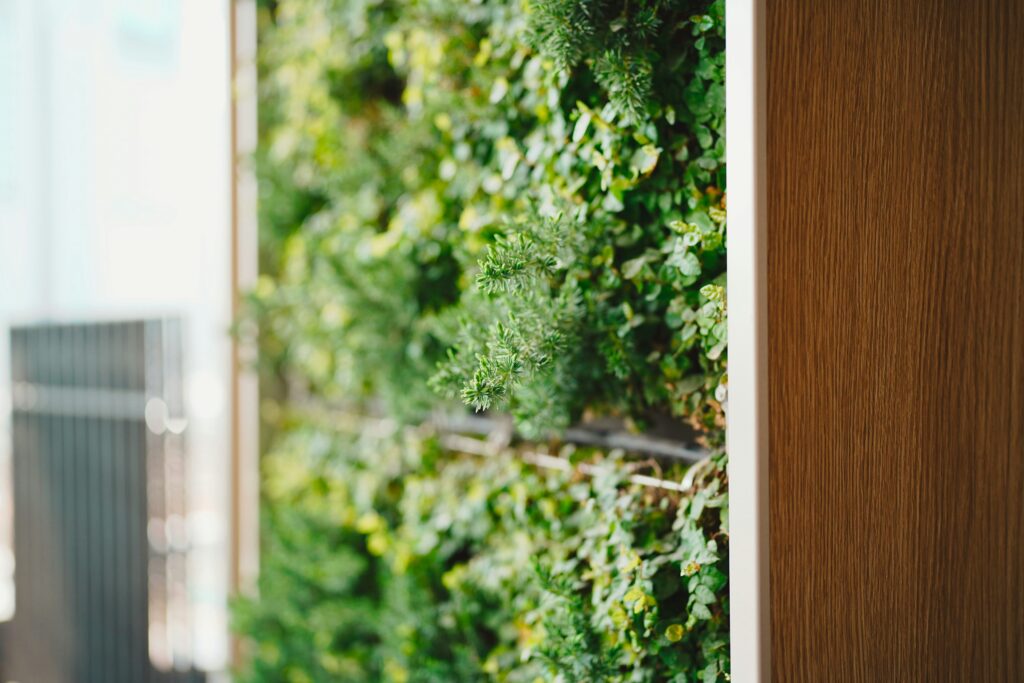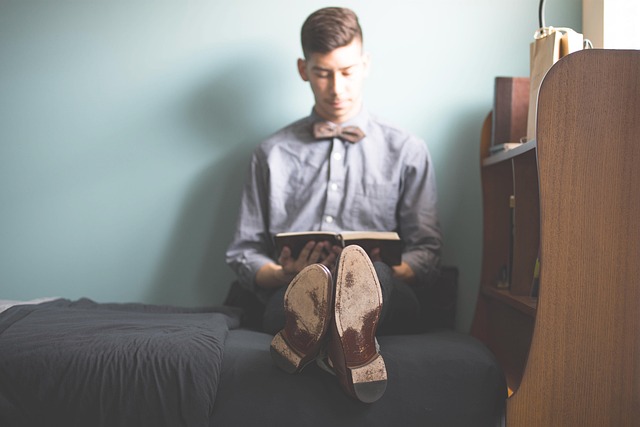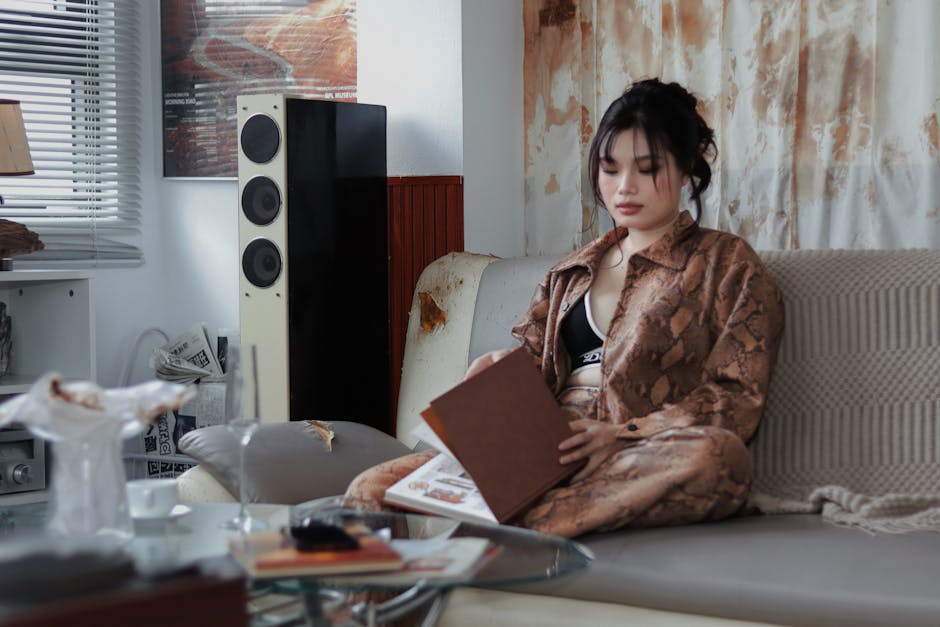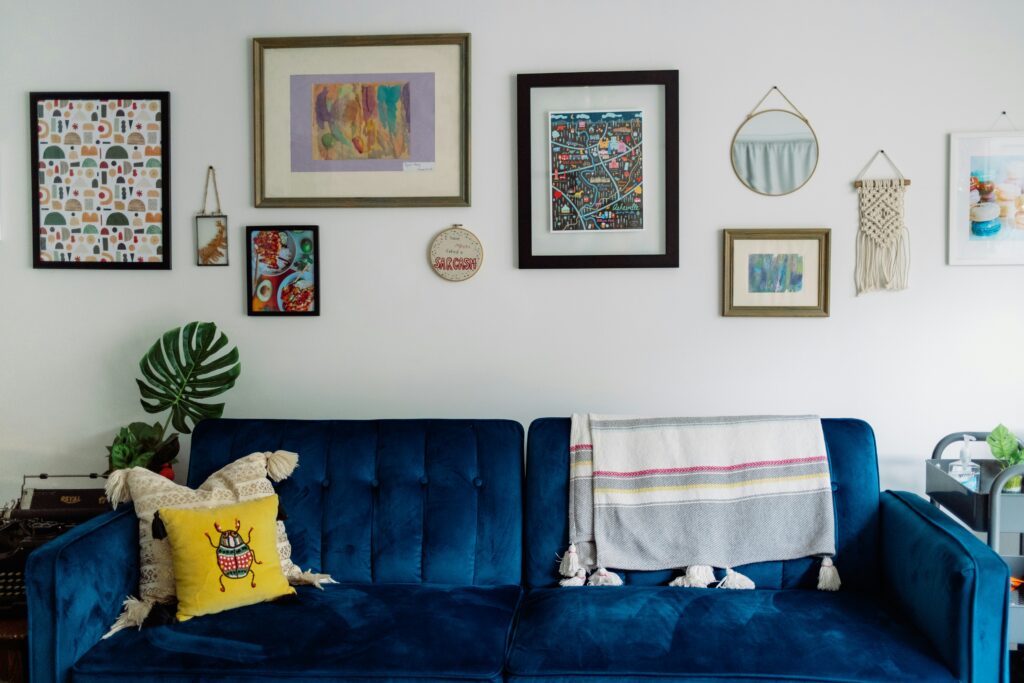Biophilic design is based on a simple idea: humans are wired to connect with nature. When you bring natural elements into indoor spaces—think plants, sunlight, wood textures—you tap into that instinct. At its core, biophilic design focuses on three things: natural materials, organic patterns, and a sense of connection to outdoor environments. It’s not just a style decision; it’s a wellness strategy.
Incorporating nature into interior spaces does more than just look good. It helps people feel better. Studies show that biophilic environments can reduce stress levels, boost focus, and even improve sleep patterns. Access to natural light during the day helps regulate circadian rhythms. Having greenery around can lower cortisol and improve air quality. The data keeps stacking up: bringing nature inside isn’t optional anymore—it’s smart design.
Offices, homes, and public spaces that use biophilic principles don’t just function better. People actually want to be in them. And in times when mental fatigue and screen overload are common, that matters.
Natural light isn’t just an aesthetic—it’s a strategy. If you want your home to feel alive, start by positioning your furniture to follow the sun. Mornings at the kitchen table with east-facing windows, afternoons in the reading nook where the light is warmest. It’s about aligning your spaces with the natural rhythm of the day.
Next, ditch the heavy blackout curtains unless you’re actually trying to block all daylight. Light-filtering window treatments are your friend. They soften the incoming light without cutting it out completely, and they keep rooms feeling fresh instead of shut in.
And don’t underestimate mirrors. Placed wisely, they bounce light beyond its natural path, pushing brightness deeper into rooms that would usually stay dim. A mirror opposite a window can completely change how a room feels by lunchtime.
Get more ideas in this related read: Using Light and Shadow to Create Depth in Home Interiors
Whether it’s a cramped city apartment or a light-filled home office, low-maintenance plants can make a space look alive without turning you into a full-time plant parent. For beginners, it’s hard to go wrong with a snake plant, pothos, or ZZ plant. These guys don’t ask for much — a little indirect light, maybe a drink every two weeks, and they’re good to go.
When it comes to layout, scale plants based on your room’s size and natural light. Small ferns or succulents sit well on shelves or window ledges, while medium floor plants like rubber or fiddle-leaf figs can anchor a corner. Larger spaces can handle bolder arrangements — think bamboo palms or clustered monstera.
Now, deciding between living walls and potted greens comes down to commitment. Living walls look great and save on floor space, but they need structure, watering systems, and a bit more planning. Potted plants are easier to shift around and easier to replace if one doesn’t make it. If you’re just getting started, pots are the simpler, more forgiving route.
Natural materials are making a comeback in content creator spaces, and for good reason. Wood, stone, wool, and organic fibers bring visual warmth and tactile comfort that synthetic surfaces just can’t replicate. These materials age well, feel grounded, and connect viewers to something more tangible than plastic or metal ever could.
Synthetic surfaces might look sleek, but they often read cold and emotionless on camera. Even worse, they can make a space feel staged or disconnected. This is especially important in vlogging, where the vibe of a room impacts how viewers perceive the personality behind the content. You want honest textures, not showroom gloss.
The finish of a surface and the way it interacts with light matter, too. Matte wood absorbs glare, wool softens sound, and rough stone adds dimension in low-light shots. Add it all up and it’s more than just design—these choices help create spaces that feel alive on video and in real life.
Peace of mind doesn’t come from noise and clutter. That’s why small-scale water features are gaining ground as tools for low-key stress relief. The sound of trickling water—whether from a tabletop fountain or backyard pond—taps into something primal. It fills in the silence without hijacking attention and can help reset the brain during long editing days or creative blocks.
Air matters too. Smart venting systems and strategic placement of plants can do more than circulate fresh air—they make the whole vibe feel alive. Greenery adds oxygen, purifies, and helps reduce indoor pollutants. It’s a low-maintenance way to make your space feel less like a set and more like a sanctuary.
Then there are the subtle players: humidity, scent, and air purity. Dry air wears you down over time. Stale air tanks your focus. A quality humidifier, paired with clean essential oils and a solid HEPA filter, can quietly keep your environment optimized. These aren’t just comforts—they’re performance enhancers in disguise, helping you work longer and breathe easier.
Bringing the outdoors into your vlog sets or filming spaces isn’t just aesthetic—it’s strategic. Whether you’re filming indoors or out, viewers respond to nature. Incorporate varying views of trees, sky, water, or plant life from multiple camera angles. These don’t have to dominate the frame. Subtle glimpses through windows or shifts in position can do the work without making it feel staged.
Pathways and furniture should follow natural lines instead of boxy layouts. Think curved walkways, rounded backdrops, or a chair placement that doesn’t face perfectly front and center. These organic movements echo how spaces feel in real life—calm, lived-in, and not overly polished.
Lastly, transition smoothly between zones. Moving from a workspace to a leisure area? Soften the shift. Slide into it with lighting changes, a slow pan, or a pause in pacing. Viewers shouldn’t feel jarred. This style not only makes your vlogs more pleasant to watch but subconsciously keeps people grounded and engaged.
Muted earth tones, soft greens, and sky blues are taking over vlogging aesthetics this year. These color choices aren’t just trendy—they’re deliberate. These are palettes that calm the eye and create an immediate sense of ease, perfect for creators looking to pull their audience in without overwhelming them. Backgrounds matter now, and a relaxed set builds viewer trust almost as much as steady content.
Sound design is stepping up too. Small things like wind chimes, rustling leaves, or occasional birdsong help ground a video. It’s less about volume, more about adding texture. When done right, subtle audio cues layer in a sense of place, giving even indoor shoots a natural rhythm.
Visual anchors are back. Think art prints of ferns, wooden decor, woven textures—pieces that make a home studio feel lived-in and grounded. This move toward nature-inspired elements is quietly reshaping how vloggers build environments that mirror the stories they tell. No showy gimmicks. Just thoughtful design that breathes.
Building a Space That Reflects Your Connection with Nature
Biophilic design isn’t about following a Pinterest trend. It’s about creating a space that reminds you you’re part of something bigger. Plants. Light. Breathable materials. The goal is connection, not decoration.
The beauty of this approach is that it adapts with you. Your rhythms change. Your needs shift. Instead of chasing seasonal styles, you build a foundation that grows over time. More light. Better airflow. Textures and colors that make you feel grounded, not distracted.
You don’t have to go full greenhouse on day one. Start with one plant. One window. Add intentionally. Maybe bring in natural wood, or rearrange to capture more morning sun. The key is moving with purpose. Let the space respond to how you live, not how others post about living.


 Vicky Skinneriez brings sharp research and fresh perspectives to the platform. As a key contributor at drhextreriorly, she covers software advancements, modern app ecosystems, and the evolving digital landscape. Vicky’s writing blends accuracy with creativity, helping readers understand the real impact of today’s most important tech developments.
Vicky Skinneriez brings sharp research and fresh perspectives to the platform. As a key contributor at drhextreriorly, she covers software advancements, modern app ecosystems, and the evolving digital landscape. Vicky’s writing blends accuracy with creativity, helping readers understand the real impact of today’s most important tech developments.

